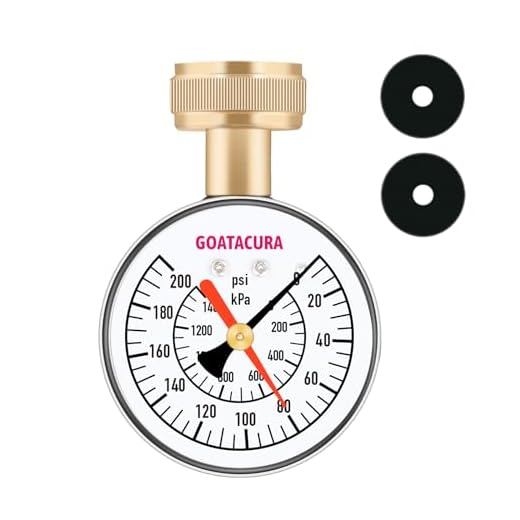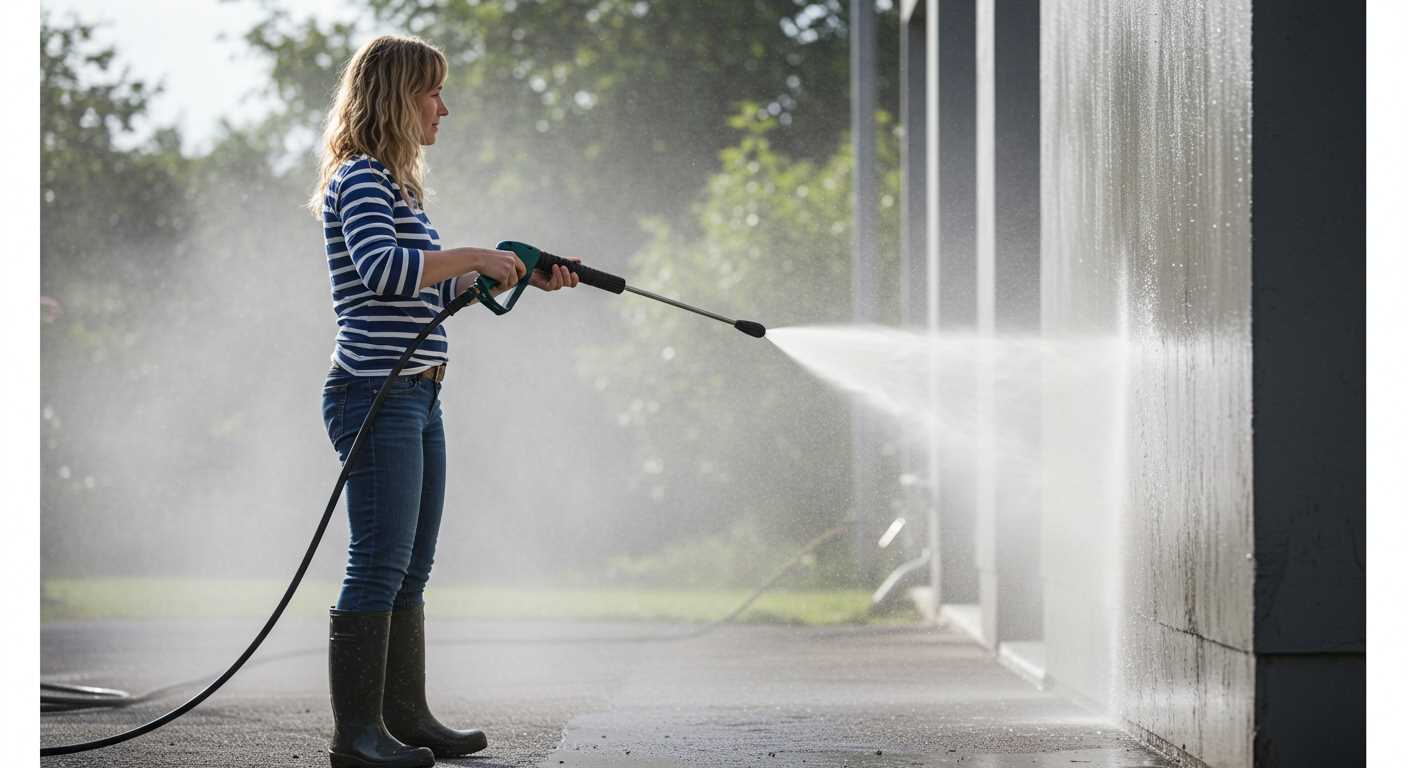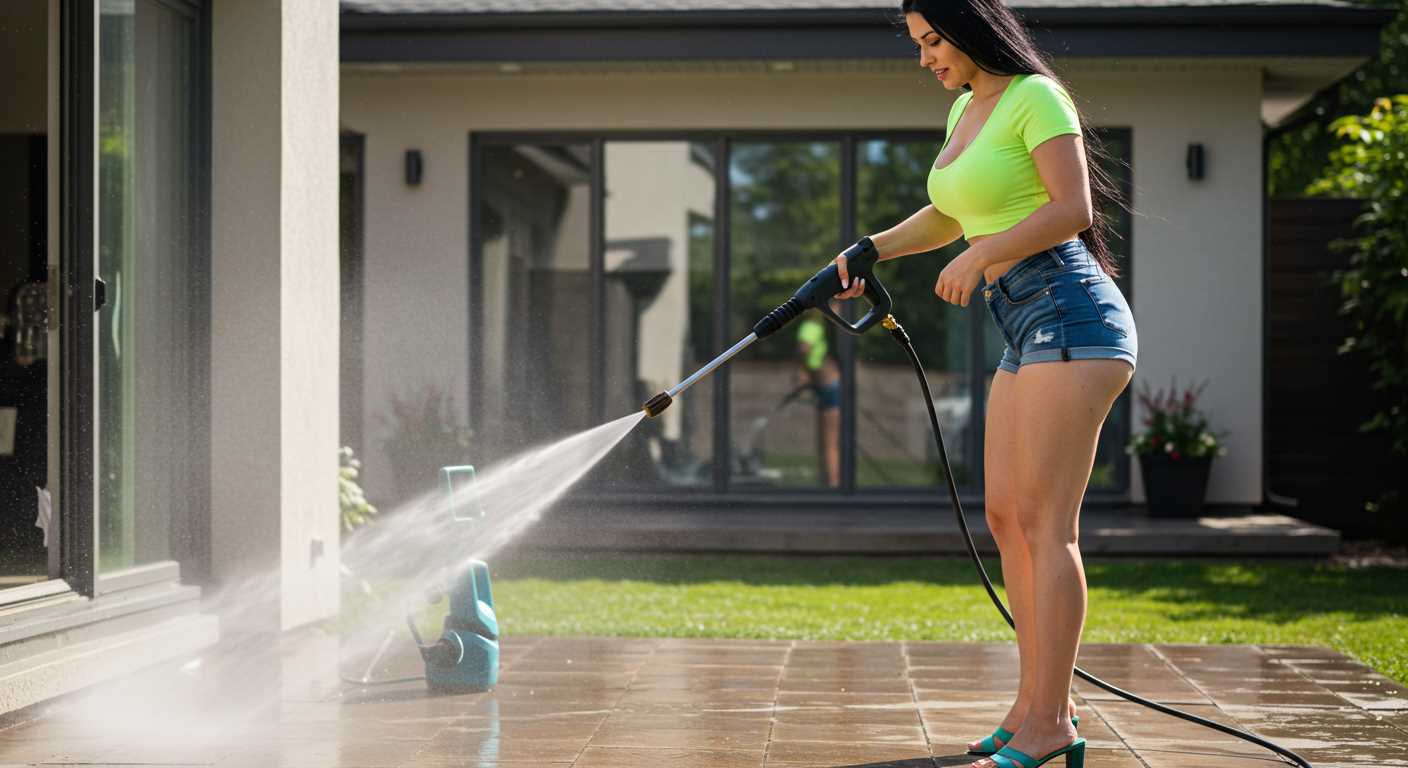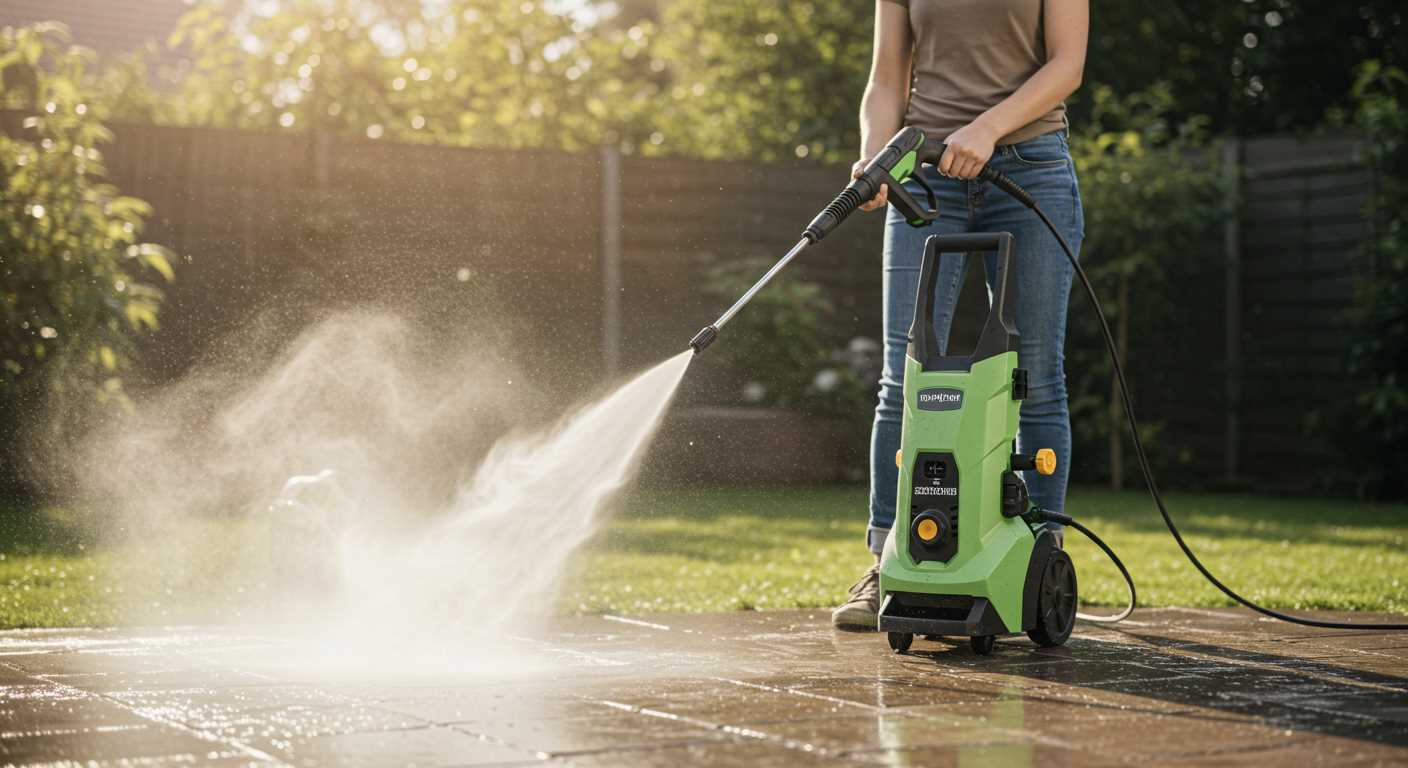



A clear approach to reduce unwanted vibrations involves inspecting the hose connections and ensuring that they’re tightly secured. Loose fittings can lead to instability, resulting in shakes during operation. Pay particular attention to any kinks or bends that may restrict the flow of water, as this can exacerbate the issue.
Next, examine the nozzle you’re using. A damaged or inappropriate nozzle can disrupt the water flow, leading to oscillations in performance. Switching to a suitable nozzle for your specific task often results in a significant reduction in vibration. If the nozzle appears worn, replacing it can yield positive results.
Checking the base of your device is equally important. An uneven surface can contribute to instability. Ensure that your machine is placed on a level surface to prevent unnecessary movements during operation. Consider using rubber feet or pads to enhance stability on uneven grounds.
Finally, inspect the internal components, such as the pump and engine mounts. Worn or improperly installed mounts can cause vibrations that propagate throughout the unit. If you notice signs of wear, replacing these parts may be necessary to restore smooth operation.
Possible Causes of Excessive Vibrations
If you’re experiencing intense vibrations from your cleaning device, inspect the following components for issues:
- Unbalanced Nozzle: Ensure the nozzle isn’t clogged or damaged, leading to uneven water flow.
- Worn Bearings: Check the motor’s bearings; worn ones can cause excessive oscillations during operation.
- Loose Connections: Tighten any loose screws or fittings, as they can amplify movement and noise.
- Degraded Hoses: Inspect hoses for kinks or cracks, which can hinder fluid movement and induce shaking.
- Incompatible Accessories: Using non-compatible attachments might lead to instability; always opt for manufacturer-recommended parts.
Each of these factors can contribute to unwanted movement. Addressing them will not only improve performance but also extend the lifespan of your equipment. Regular maintenance checks play a pivotal role in ensuring consistent operation.
Identifying the Source of Vibration in Your Equipment
Begin by examining the nozzle. A clogged or improperly aligned nozzle can result in erratic flow, leading to unsettling movements. Ensure that it is free of debris and fits seamlessly within the lance.
Next, inspect connections and fittings. Loose or damaged fittings can cause vibrations as water flows through the system. Tighten all connections securely and replace any compromised components.
Evaluate the motor and pump alignments. Misalignment between these two parts can produce significant disturbances when the unit is operational. Use a level to check their positioning and adjust as necessary.
Check the hose for kinks or leaks. A compromised hose not only reduces performance but can also create instability. Ensure the hose is straight and free from any obstructions for optimal operation.
Listen closely to the equipment during operation. Unusual noises may indicate mechanical issues like bearing wear or pump problems. Regular maintenance and inspection can preemptively identify potential failures.
Lastly, consider the surface on which the machine is placed. An uneven or unstable surface can amplify vibrations. Use a flat and solid base to ensure stability during use.
Checking for Loose Components and Connections
Inspecting for loose components and connections is critical for smooth operation and reducing any vibrations that might be troubling your machine.
Follow these steps to ensure everything is tightly secured:
- Examine the engine or motor mounts. If they are loose, tighten them with appropriate tools.
- Check all screws, bolts, and nuts on the casing. Use a wrench or screwdriver to secure any loose fasteners.
- Inspect the nozzle connections. Ensure they are properly fastened to prevent any disconnections during use.
- Verify the hose connections. Look for signs of wear or looseness and tighten or replace as necessary.
- Assess all internal components. If accessible, check if bolts securing the pump and other critical parts are secure.
Take care to use the manufacturer’s specifications for torque settings when tightening components to avoid overstressing any parts. Regular maintenance checks can prevent issues and prolong the lifespan of your equipment.
Examining the Pump for Internal Issues
Begin with a thorough inspection of the pump assembly. Any irregularities here can lead to excessive vibrations during operation. Check for signs of wear or damage such as leaks or cracks in the housing. If you notice any of these issues, it’s crucial to address them immediately.
Next, review the internal components. A malfunctioning unloader valve can cause erratic flow, contributing to instability. Examine it for clogs or signs of wear; if necessary, replace it to restore proper function. Additionally, inspect the seals and gaskets. Deteriorated seals can lead to pressure loss and contribute to vibration issues, so replacing them can enhance performance.
Pay close attention to the bearing assembly within the pump. Worn bearings create imbalances that translate into noticeable shaking. If they seem rough or are not rotating smoothly, it’s time for a replacement. Ensure that lubrication is adequate; insufficient lube can lead to premature wear and subsequent vibration issues.
Don’t overlook the pulsation dampener, if your model includes one. A failing dampener can exacerbate vibration problems by failing to smooth out pressure surges. Test its functionality and replace it if necessary to improve stability.
Finally, consult the manufacturer’s guidelines for any specific maintenance tips related to your model. Adhering to these instructions can prevent potential problems and extend the lifecycle of your unit. Regular servicing is key to ensuring that all components work in harmony.
Assessing the Hose and Nozzle for Blockages

Check the entire length of the hose for kinks or obstructions. Any bend in the line can restrict water flow and cause excessive vibrations. Make sure that the hose is coiled properly and not tangled, as this can also lead to pressure fluctuations. If you find any signs of damage or wear, replace the hose immediately to maintain optimal functionality.
Nozzle Inspection
Examine the nozzle closely for debris or buildup. Small particles can obstruct the water stream, leading to instability in performance. Using a pin or a small brush, carefully clear any blockages found inside the nozzle. Also, ensure that the nozzle is the correct size for your system; using an incorrect nozzle can result in improper flow rates, causing unwanted vibrations.
Regular Maintenance
Incorporate regular checks on both the hose and nozzle into your maintenance routine. Keeping these components free of blockages not only enhances performance but also prolongs the life of your equipment. If you frequently encounter issues, consider implementing a filter system to prevent debris from entering the hose and nozzle.
Understanding the Impact of Water Supply Pressure

Maintaining an optimal water supply is critical for the seamless operation of your cleaning machine. Insufficient water pressure can lead to significant vibrations and noise during usage. I recommend checking the water source before starting any troubleshooting process.
Here are specific guidelines to ensure that the water supply is adequate:
| Condition | Recommended Actions |
|---|---|
| Low Supply Pressure | Verify that the faucet is fully open and check for any recent changes in municipal supply or pipe issues. |
| Inconsistent Pressure | Install a water pressure gauge to monitor fluctuations and determine if a pressure regulator is needed. |
| Excessive Debris | Ensure filters and screens are clean to prevent blockage affecting water flow. |
Regularly inspecting the water source ensures a steady flow, optimising the machine’s performance and reducing uneasy vibrations experienced during operation.
When assessing your setup, consider the length and diameter of hoses, as longer or narrower hoses can restrict water flow, exacerbating any issues with vibrations. Swapping to a wider hose or reducing length may alleviate pressure drop.
Lastly, remember that a stable water supply not only enhances performance but also prolongs the life of your equipment, keeping it in peak condition for all cleaning tasks ahead.
Evaluating the Condition of the Pressure Washer’s Feet
Inspect the feet of your cleaning device for wear or damage. If they are worn down or cracked, they can cause instability that results in excessive vibration. Replace any damaged feet with compatible replacements to restore balance.
Ensure that the feet are securely attached. Over time, screws or bolts that hold the feet in place can become loose. Tighten these fixtures to maintain a solid footing for the machine, reducing movement during operation.
Check for any accumulation of debris or grime underneath the feet. Unclean surfaces can lead to uneven contact points with the ground. Clean the area where the feet make contact to ensure a stable placement, minimising unnecessary vibrations.
Evaluate the height of the feet as well. If they are not uniform or if one foot appears to be significantly lower than the others, it can result in a rocking motion. Adjust or replace the feet as needed to ensure even support.
Determining the Role of Maintenance in Reducing Vibration
Regular upkeep directly influences the stability of your cleaning equipment. Routine checks and services can greatly minimise oscillations by ensuring that all components are functioning correctly and securely.
Routine Inspection
I recommend establishing a maintenance schedule that includes inspecting the entire unit. This includes checking all fasteners, ensuring they are tight and secure, as loose elements can lead to unnecessary movement during operation.
Fluid Management

Monitoring fluid levels is critical. Low oil or insufficient hydraulic fluid can result in increased wear, leading to vibrations. Ensure proper levels are maintained and change fluids as per the manufacturer’s guidelines. This not only enhances performance but also prolongs the lifespan of the components.
Cleaning filters regularly is another vital maintenance task. Clogged filters can restrict flow, causing the equipment to work harder and vibrate excessively. Replace or clean any dirty filters to maintain optimal performance.
Each component, from the motor to the hoses, plays a role in the overall smooth operation of the machinery. Keeping everything in good shape not only reduces vibrations but enhances efficiency dramatically.








